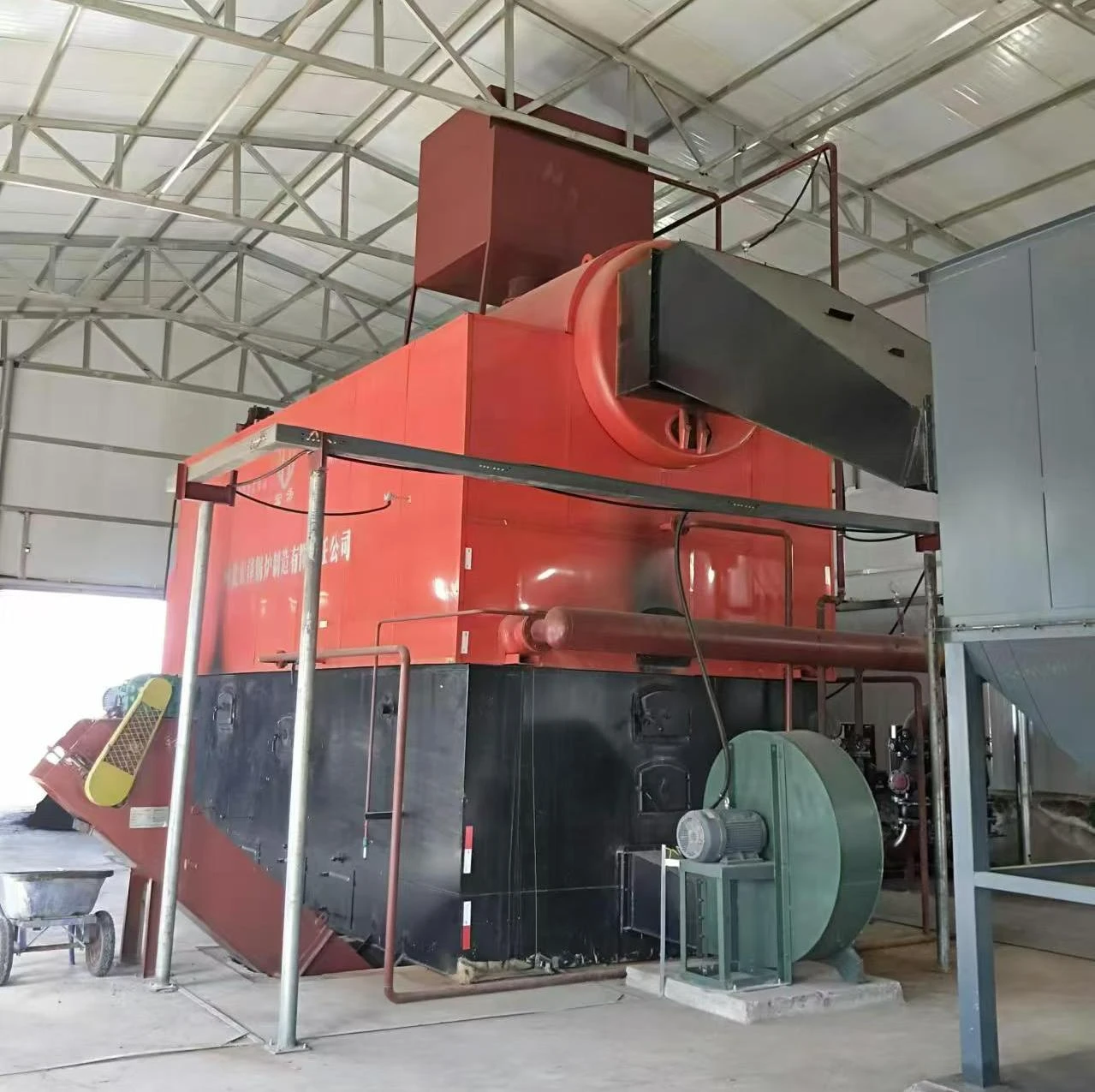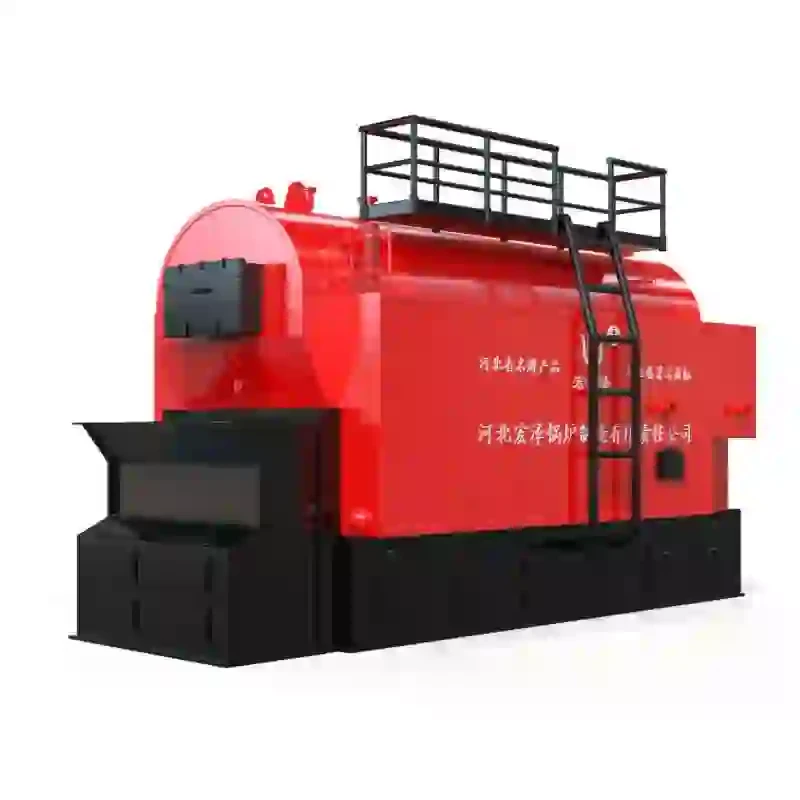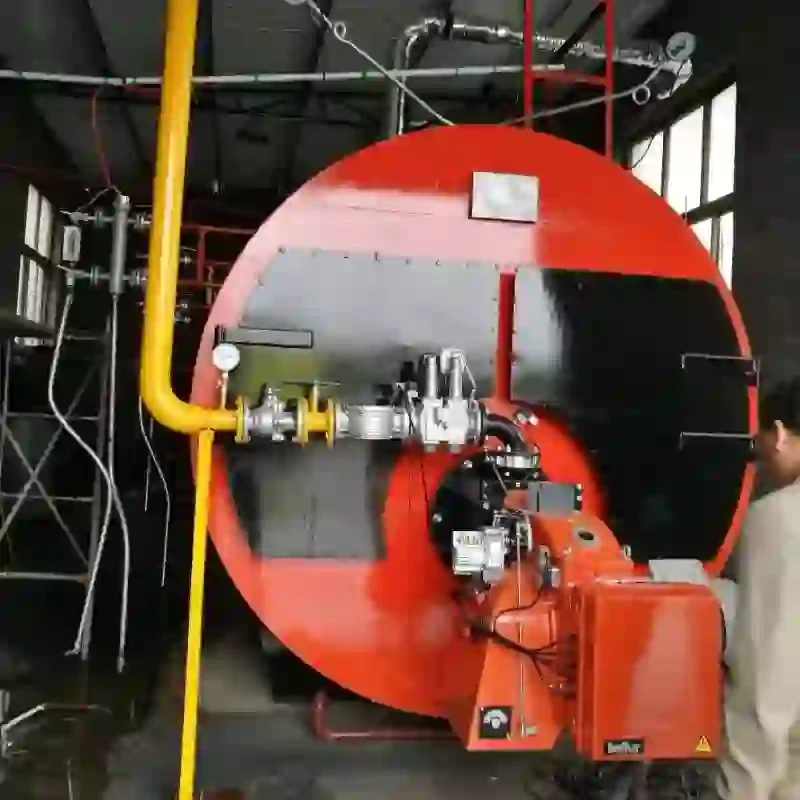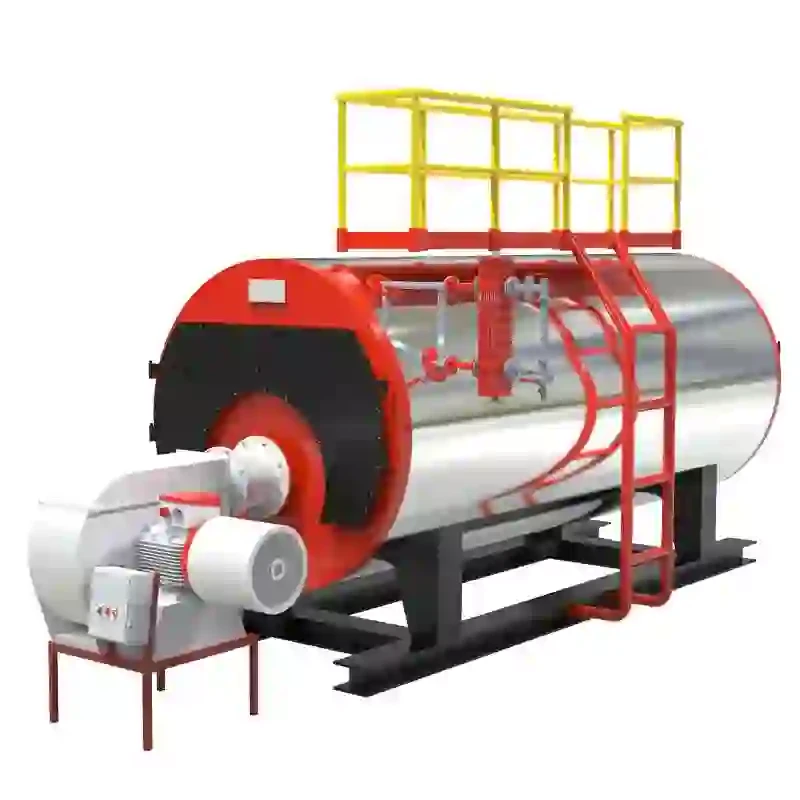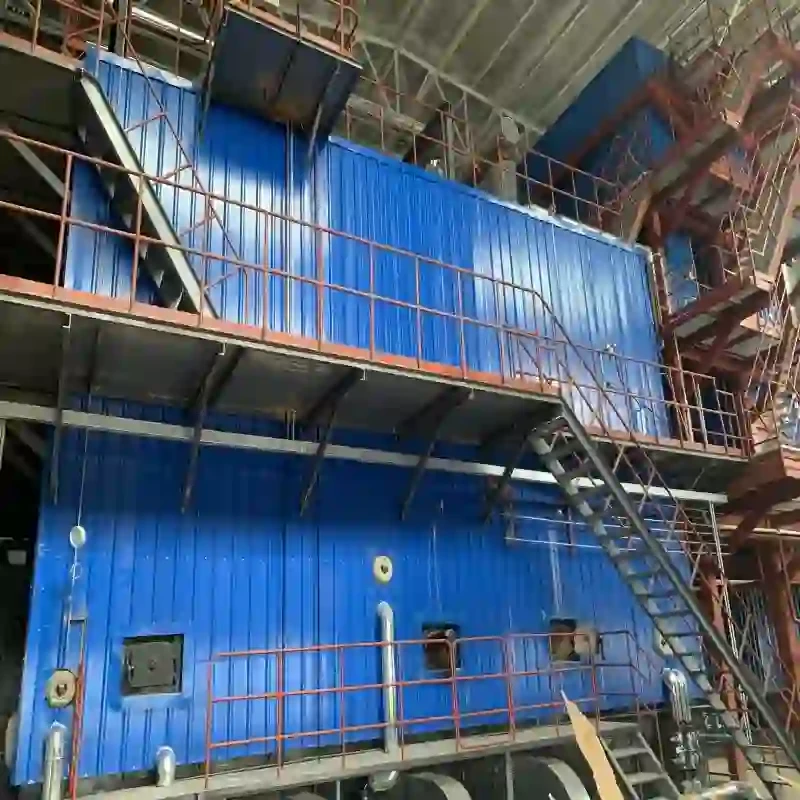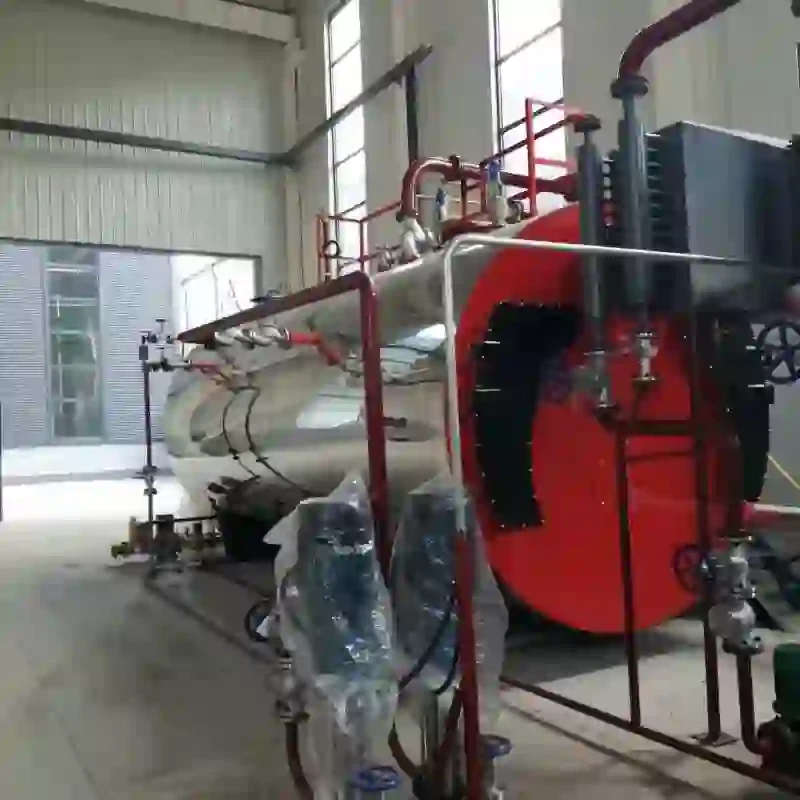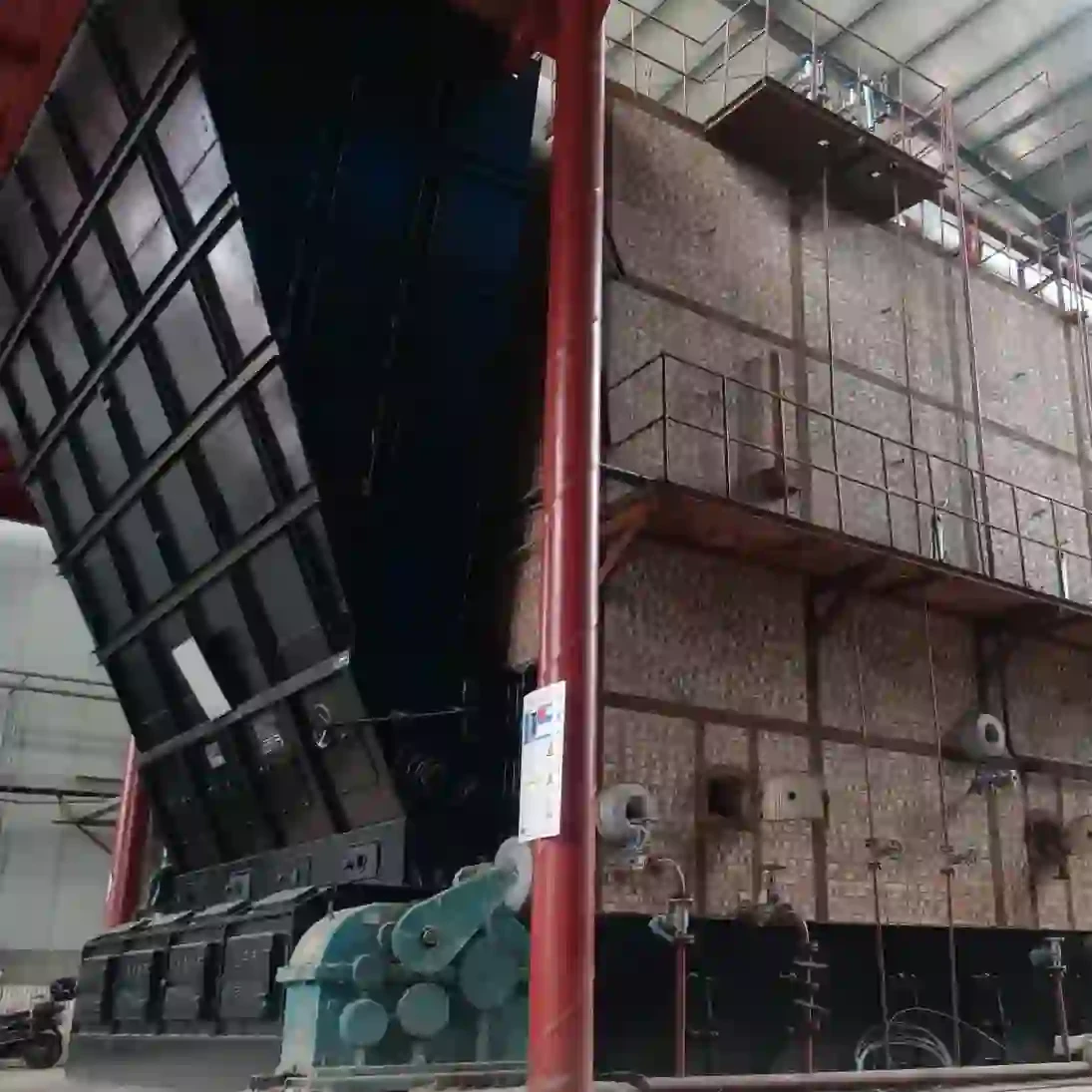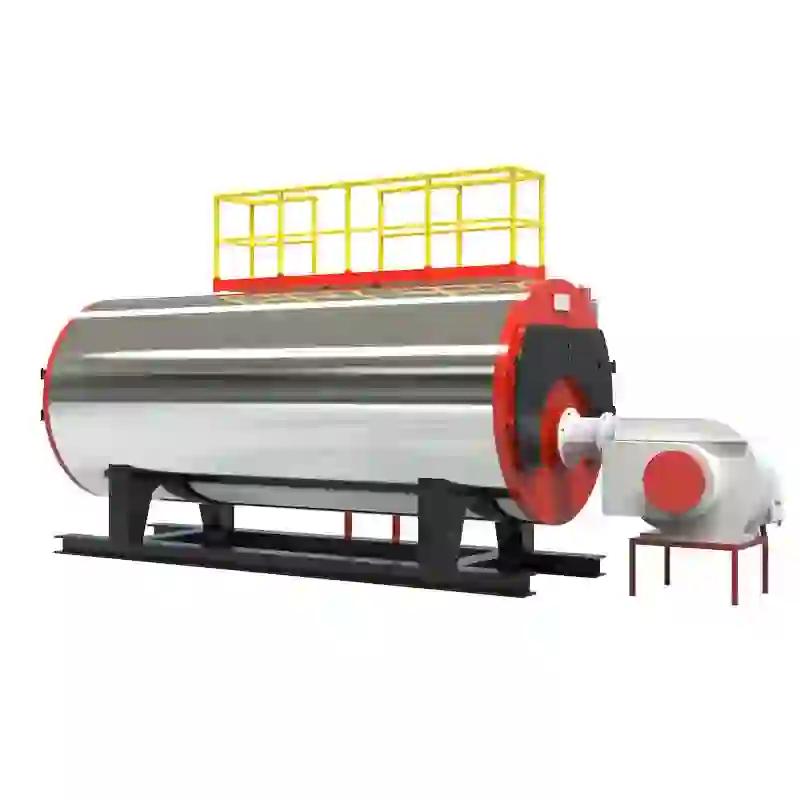
Tem . 04, 2025 10:47 Back to list
Hot Water Boiler Capacity Calculation Guide Accurate Steam Boiler Design PDF
- Introduction to hot water boiler capacity calculation
and its significance - Technical parameters influencing capacity determination
- Data-driven advantages of advanced boiler sizing methods
- Manufacturer comparison with tabulated capacity and efficiency data
- Customization strategies for varied industrial requirements
- Case studies of real-world applications and successes
- Conclusion on hot water boiler capacity calculation fundamentals and industry trends

(hot water boiler capacity calculation)
Understanding Hot Water Boiler Capacity Calculation
Effective hot water boiler capacity calculation lies at the heart of efficient thermal system design for buildings and industrial processes. Accurate sizing ensures optimal performance, reduced operational costs, and compliance with energy regulations. Insufficient capacity can lead to underheating, accelerated wear, and safety risks, while oversizing increases initial costs and energy consumption. Typically, capacity is defined in terms of output, measured in kW (kilowatts) or BTU/h (British Thermal Units per hour) and directly relates to the building's heat loss or process demand, factoring in system type, heat exchanger resilience, and distribution losses. Despite the proliferation of notional sizing rule-of-thumb methods, meticulous approaches supported by formal calculation tools and resources, such as a steam boiler design calculation PDF, significantly enhance accuracy and precision in capacity determination.
Critical Technical Factors Impacting Boiler Sizing
Multiple interdependent technical variables influence the accurate sizing of a hot water boiler. Chief among these are the required system output, environmental thermal loads, insulation quality, and altitude of installation. In addition, the intended hot water boiler water temperature—commonly 60°C, 82°C, or even higher for certain industrial processes—statistically alters both the needed water flow rate and the overall efficiency. Elevation impacts oxygen availability for combustion, necessitating correction in burner specification. Furthermore, system complexity, such as cascaded boilers or variable flow applications, requires detailed hydraulic calculations. Modern simulation software and reference materials (including downloadable steam boiler design calculation PDF documents) are indispensable for integrating all these inputs into a robust and auditable capacity calculation.
Technological Advantages and Data-Driven Approach
Transitioning from traditional to data-driven hot water boiler capacity calculation delivers a range of compelling operational advantages. Modern digital platforms enable traceable and repeatable sizing, integrating real-time weather analytics, occupancy changes, and scheduled heat profiles, thereby reducing the risk of miscalculation. For instance, a European facilities management survey (2023) found that organizations using advanced digital sizing reduced energy waste by 14% and maintenance costs by 9% annually versus those using rule-of-thumb estimation methods. Seamlessly incorporating input data (such as external temperature swings, hot water draw profiles, and pipe insulation metrics) enables the delivery of tailor-fitted solutions that outperform generic offerings. Adoption of such tools is increasing, with anticipated market penetration for smart sizing platforms projected to hit 40% by 2026.
Manufacturers Comparison: Performance and Efficiency Benchmark
Industry-leading manufacturers differentiate themselves through design innovation, technological features, and after-sales support. Below is a comparative table featuring four prominent boiler brands, highlighting their key metrics for hot water boiler capacity, turndown ratios, and efficiency (as tested under standardized EN 15502 conditions). This data underscores the spectrum of available choices and the value of well-informed selection using rigorous capacity calculation as a starting point.
| Manufacturer | Model | Max Capacity (kW) | Turndown Ratio | Thermal Efficiency (%) | Rated Flow Temp (°C) | Design Life (years) |
|---|---|---|---|---|---|---|
| Viessmann | Vitocrossal 300 | 978 | 10:1 | 98.2 | 80 | 20 |
| Weishaupt | WTC-OB | 900 | 8:1 | 97.6 | 90 | 18 |
| Bosch | UNIMAT UT-H | 2,000 | 6:1 | 96.8 | 110 | 15 |
| Cleaver Brooks | CLEARFIRE-C | 1,600 | 5:1 | 95.5 | 82 | 15 |
Clear differentiation exists not only in raw capacity and rated efficiencies but also in burner modulation (turndown), with direct implications for system cycling and operational economy.
Customization Pathways for Application-Specific Solutions
The thermal demand in hospitals, commercial structures, food processing plants, and district heating networks can diverge substantially. Customizing hot water boiler capacity calculation accommodates such diversity by accounting for bespoke criteria—simultaneous occupancy, peak demand profiles, varying hot water boiler water temperature setpoints, or integrating solar preheat modules. A calibration process may involve adjusting for standby heat losses, demand irregularities, and redundancy needs. Progressive suppliers provide full lifecycle analysis and flexible design tools, often referencing internationally validated heat loss calculators or specialized steam boiler design calculation PDF guides for integration with pre-existing site controls and BMS systems. This approach ensures the optimal balance between upfront cost, scalability, and resilience, minimizing lifecycle emissions.
Real-World Applications and Success Case Studies
Practical outcomes validate the criticality of accurate capacity calculation within the hot water boiler industry. For example, a 100,000 m² mixed-use development in Frankfurt, originally sized using conservative estimations, subsequently adopted an adaptive modelling tool with a 6% margin. Post-upgrade monitoring registered a 17% reduction in gas consumption and halved unplanned maintenance intervals. In food processing, a 2022 deployment in the Netherlands saw replacement of three oversized boilers with a cascaded, right-sized system based on detailed energy signature evaluation, as outlined in recent steam boiler design calculation PDF documentation. Operational data confirmed process uptime rose by 8.4%, and annual energy savings reached 22,700 EUR. These metrics are increasingly replicated across smart cities, universities, and pharmaceutical sectors, illustrating tangible ROI when capacity calculation is professionally handled.
Conclusion: Evolving Fundamentals of Hot Water Boiler Capacity Calculation
In sum, hot water boiler capacity calculation serves as the fulcrum for next-generation, cost-effective heating and process solutions. Integrating variable factors—from design conditions, operational dynamics, and water temperature—into a coherent calculation methodology, supported by digital tools and evidence-based resources, enhances reliability and regulatory compliance. Comparative manufacturer data, adaptive customization methods, and field-validated case studies collectively demonstrate that capacity sizing is no longer a mere preliminary step but a dynamic lever for financial and environmental performance. As the industry continues to digitalize and tighten efficiency standards, ongoing developments in steam boiler design calculation PDF guides, combined with precision instrumentation, will reshape how organizations approach and execute hot water boiler sizing for years to come.
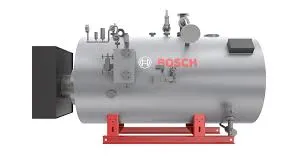
(hot water boiler capacity calculation)
FAQS on hot water boiler capacity calculation
Q: What is hot water boiler capacity calculation?
A: Hot water boiler capacity calculation determines the amount of heat (usually in kW or BTU/hr) a boiler must provide based on the heating requirements. It considers factors such as space size, insulation, and temperature difference. Proper calculation ensures efficient boiler operation and energy savings.Q: How does water temperature affect hot water boiler capacity?
A: The hot water boiler water temperature directly impacts the boiler's heating output. Higher temperatures allow for more heat transfer, increasing capacity, while lower temperatures reduce it. Choosing the right temperature is crucial for efficiency and comfort.Q: Where can I find a steam boiler design calculation PDF?
A: Steam boiler design calculation PDFs are available from engineering websites, manufacturer resources, or academic portals. Search for "steam boiler design calculation pdf" for detailed, downloadable guides. These documents typically include formulas, examples, and design considerations.Q: What information is needed to calculate hot water boiler capacity?
A: Key information includes the volume or area to be heated, desired indoor and outdoor temperatures, heat losses, and required hot water flow rate. Accurate data leads to an effective and right-sized boiler system. Consulting design manuals or engineers is recommended for precise results.Q: Can incorrect hot water boiler capacity calculation cause problems?
A: Yes, incorrect capacity calculation can lead to undersized or oversized boilers. This results in poor heating performance, higher energy costs, and potential system failures. Always ensure calculations are accurate for optimal efficiency.-
Steam Boiler Troubleshooting Guide Expert Solutions for Reliable Performance
NewsJul.04,2025
-
High-Efficiency On-Off Steam Boiler for Reliable Heating Solutions Compare with Off Boiler Water Heaters & Steam Generators
NewsJun.24,2025
-
Best Steam Boiler Design PDF Free Design Calculation & Diagram Downloads
NewsJun.10,2025
-
Hot Boiler Water Heater Efficient Heating Solutions for Home & Commercial Use
NewsJun.10,2025
-
Steam Boiler Safety Devices High-Quality Protection Valves
NewsJun.10,2025
Related PRODUCTS






